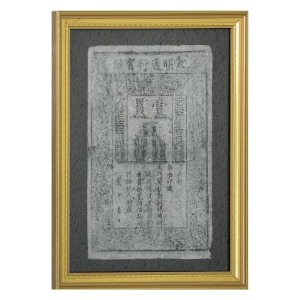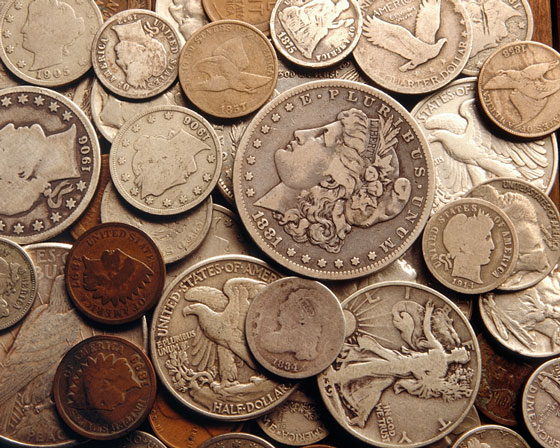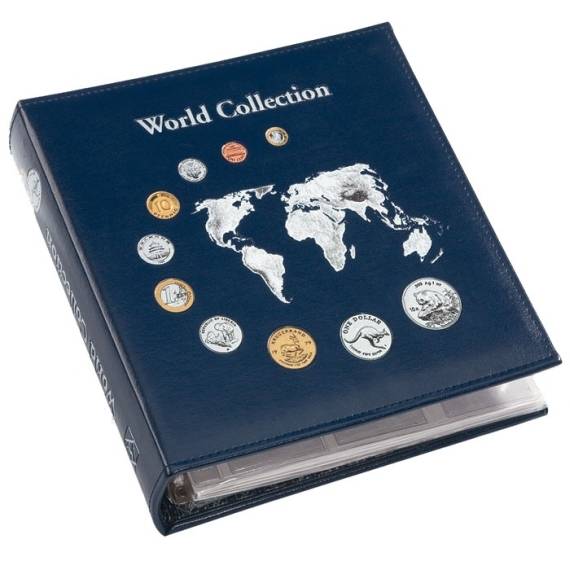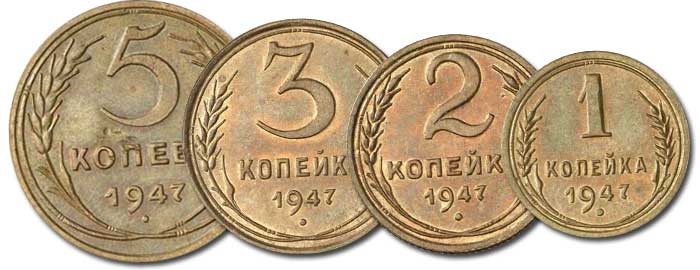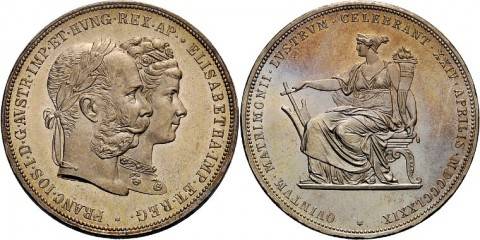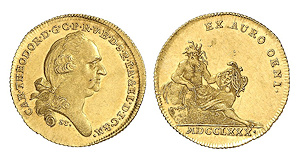Coins and coin type of ancient Greece
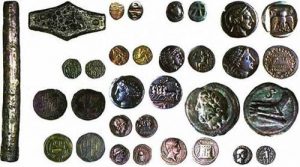 The stamp imprint on the coins is the seal of the country or city that issued it. The drawings and inscriptions on the coins represent the most important concept of “coin” science – the coin type.
The stamp imprint on the coins is the seal of the country or city that issued it. The drawings and inscriptions on the coins represent the most important concept of “coin” science – the coin type.
This concept is very sensitive to the historical and cultural environment in which coins are minted. Ancient Greek coins were the monetary units of the policy, and therefore they reflected what the city lived.
On the early coins of Athens, the drawings seem very unusual: a vase, a part of a horse, a human leg … This mystery disappeared when the drawings were compared with the emblems of the aristocratic classes who lived in Attica at that time. In the 6th Century BC, the coin of the Athenian polis with an owl, famous among the coin collectors of the whole world, was minted. On one side is the goddess Athena, on the other is the square in which the owl is located. Owl – an attribute of the goddess of wisdom. The owl was always placed on a branch, and was depicted with a powerful and menacing beak.
On the coins of other cities were placed their symbols, deities and attributes. The main god of the polis, the symbolism of the city, was always placed on the front of the coin, and on the other side there was usually an identifying mark indicating the attitude to this city.
Some coin collectors still believe that the image on the coin protects against evil and drives away the enemies. In the monetary type of ancient Greece all the elements were collected, both religious and defensive. They received leading value in different periods of a long, and diverse history of the chased business of each of a number of small policies.
By these characteristics and drawings you can find out where the coins were made. Much harder to figure out the dating. One of the earliest dated coins issued by Sidon. The dating on these coins is calculated from the battle of Issus – the battle of Alexander the Great with tsar Darius.
The famous cradle of ancient civilization, the island of Crete, began to issue coins in the 5th century BC. There was a picture of a square on the Knossos coinage, with the lines depicted – this is a maze. The symbol of the Cretan city of Gortyna is Europe, which Zeus kidnapped.
In the 3rd century BC. as a result of mutual relations, the cities of Knossos and Gortina united, and established a mutual issue of coins – the so-called “allied coins”.
In Syracuse, famous for its beauty coins were made to this day. Syracuse Decadrachms and Tetradrachms of the 5-6th centuries BC had images of the nymph Persephone, surrounded by dolphins. The expression on the face of a nymph has a luxurious fluffy hairstyle, and looks just amazing for those times. However, numismatists of the whole world can only sympathize; such coins cannot be obtained anywhere. You can admire them only in pictures and photographs, or if you take excursion tours to Greece. Combined tours to Greece will introduce you to the rare treasures of coin collectors – coins of ancient Greece. It is much better to see all this beauty with your own eyes than to hear from the lips of eyewitnesses.
